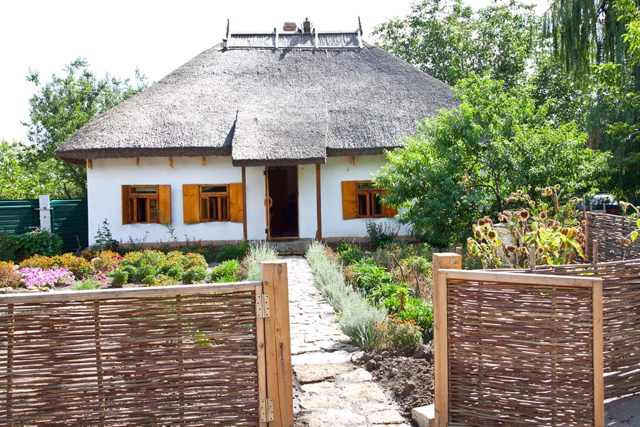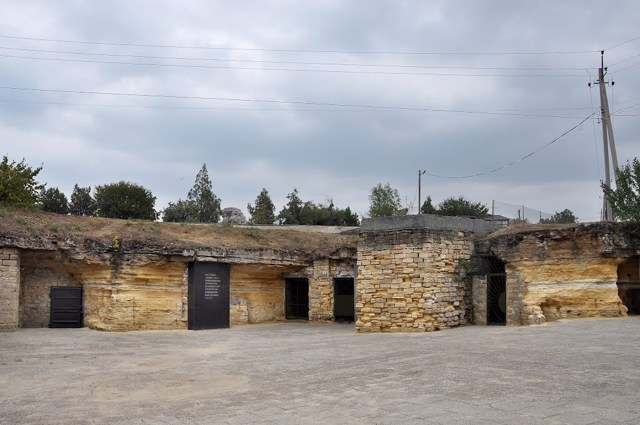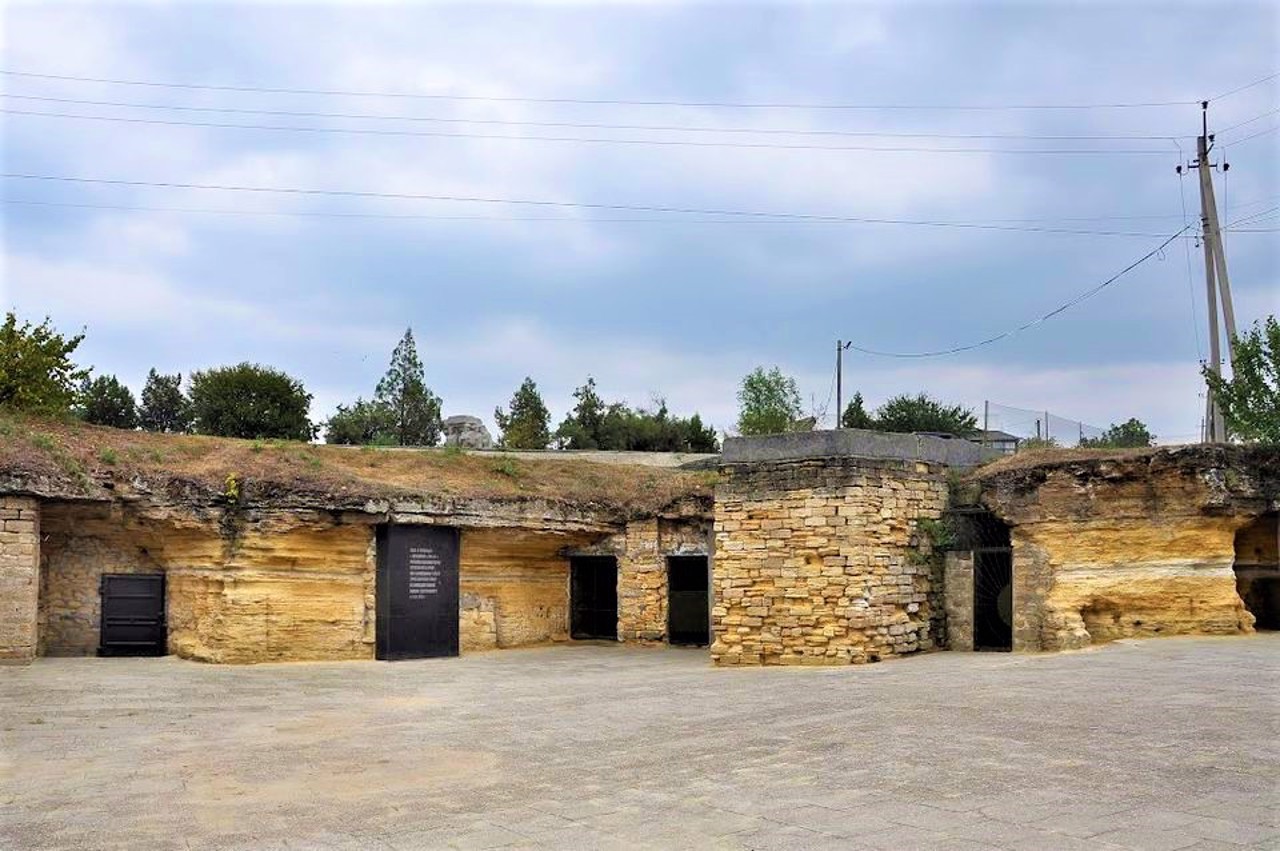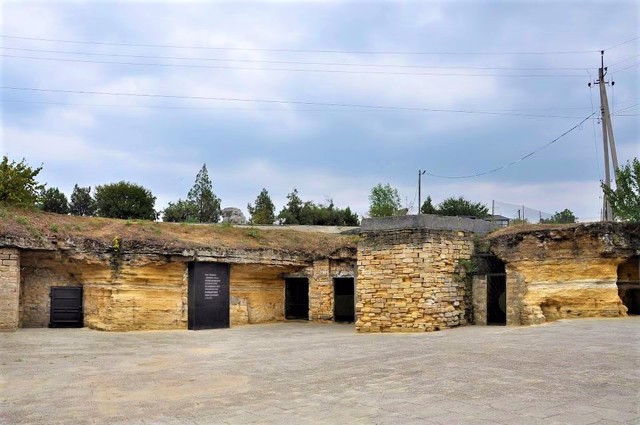Functional temporarily unavailable
General information about Nerubaiske
The village of Nerubaiske is located on the northern outskirts of Odesa.
It was formed at the end of the 18th century as a worker's village at the Odesa quarries - here was one of the largest productions of building stone - rakushnyak.
During the Second World War, the Nerubaiske quarries became the scene of dramatic events in the struggle of Odesa partisans against the Romanian invaders. The Museum of Partisan Glory was created on the basis of the preserved catacomb labyrinth in 1972, and a monument was erected.
Село Нерубайське розташоване на північній околиці Одеси.
Утворилося в кінці XVIII сторіччя як робітниче селище при одеських каменоломнях - тут знаходилася одна з найбільших виробок будівельного каменю - ракушняку.
В роки Другої Світової війни Нерубайські каменоломні стали ареною драматичних подій боротьби одеських партизанів з румунськими окупантами. На основі збереженого лабіринту катакомб в 1972 році створено Музей партизанської слави, встановлено пам'ятник.
Сплануй своє перебування у Nerubaiske
What to see and where to go in Nerubaiske
Tourist attractions and museums of Nerubaiske

Ethnographic Museum "Ukrainian House"
Museum / gallery
School Ethnographic Museum "Ukrainian House" is located on the territory of Nerubaiske Academic Lyceum No. 1.
In the open air, an authentic Ukrainian mud house is presented here, which corresponds to the life of Ukrainian peasants of the 19th century. The center of the old house is a Ukrainian stove with a traditional painting of the Tree of Life at that time.
The exposition presents embroidered Ukrainian towels, various ceramic products and tableware brought from the east and west of the Odesa region.
Walking through the rooms of the museum, you can see how Ukrainians lived and what they did in the old days, how they spun on manual spinning wheels, how carpets, paths and other household items were made by hand.

Nerubaiske Catacombs
Historic area , Museum / gallery
The museum complex "Nerubaiske Catacombs" was created on the basis of a part of the Odesa catacombs, in which Odesa partisans hid during the Second World War.
Odessa catacombs are considered the largest and most confusing artificial labyrinth in the world - about 2.5-3 thousand kilometers. They arose as a result of underground mining of building stone - rakushnyak, which was used in the construction of almost all existing buildings in the city since the 18th century. Neglected cuttings are connected to each other by tunnels and passages, which the Odesans dug from their basements. During the Portofranco period, the catacombs were actively used by smugglers who could use them to deliver goods from the seashore outside the city limits.
In 1941-1942, 70 people of the partisan unit, left in the Nerubaiske catacombs, were active in sabotage and intelligence work, were walled up by the Romanian occupiers, and almost all of them died.
After World War II, the Partizanska Slava memorial complex-museum was opened here. The situation of those times has been restored based on the stories of eyewitnesses. On an area of about 1,000 square meters, the attributes of partisan life and samples of weapons are presented in underground labyrinths. Patriotic inscriptions calling for victory over the Nazis have been preserved on the walls.
Reviews Nerubaiske
Geographical information about Nerubaiske
| {{itemKey}} | {{itemValue}} |
|---|---|
| Region |
Odesa |




